Monochromatic Photos
Taking on Color, Solo
These days, everyone can claim to be a “photographer.”, We like to document everything we do, whether we are updating our Snapchat stories or posting a new update on our “finstas,” we all take pictures. But those who study photography, like East Leyden senior Alyssa Guillu, the photography is serious business. Guillu, currently enrolled in AP Studio Art, is extending her art on a piece called her “breadth” piece. The “breadth” piece is a collection of 8-10 art pieces that will be submitted to College Board to showcase your skills. Here, artists can demonstrate a range of techniques.
Guillu has recently begun work on a photography piece with the concept built around a “high fashion photo shoot.” These are photos that contain a subject that is visually appealing with a soft focus on the overall photo as a whole. Guillu is challenging herself with adding monochromatism to her piece. Monochromatism is when the background is the same color as the subject. In Guillu’s case, her backdrop is the same color that the model will be dressed in. This creates a sense of color blocking and adds to the “high-end fashion” photo feel.
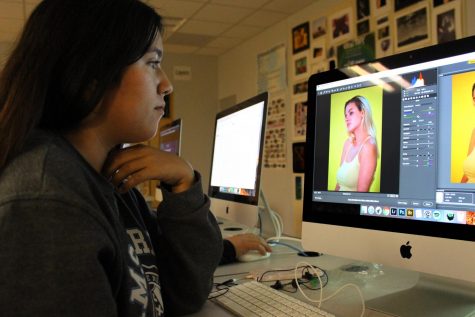
Guillu feels her biggest challenge in this piece was staying on budget. Art and photography supplies are very expensive and it’s difficult to make a high-quality piece out of low-quality supplies. “Being on a low budget was so hard for me. I wanted my photos to feel very high end, but that’s hard when you have no money. I had my clients wear clothing they already owned, and I borrowed lights from my dad while using backdrops I already owned. In addition, I was able to borrow Leyden equipment such as camera lenses and editing software. This saved me a lot of money considering clothing, backdrops, and lights could cost several hundreds of dollars. So really just trying to work with what I had with the help of my family plus my perseverance, I got the quality of photos I desired with spending little to no money.”
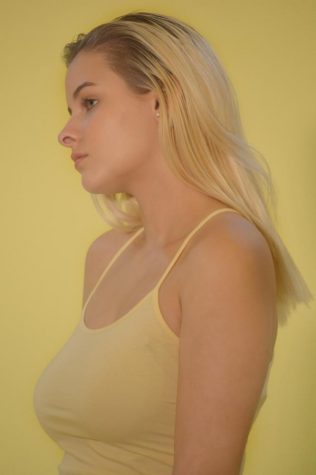
When doing anything for the first time, there are always mistakes. As an artist, it is always good to recognize your mistakes so you can learn from them and improve for the next time. “If I could change anything, I definitely would change the way I set the backgrounds up. In between shoots, I clipped the backdrop too high and I actually ended up ripping it! Fixing the way I put up my backdrops for the next time would help to keep the photo clean of any errors and also preserve the life of my backgrounds. What would I keep the same? I would keep my models the same. I knew all three of them well and we had a good connection. A good connection is very important. You want the photoshoot to run smoothly and that’s hard to do if you do not connect well with your client. You have to be comfortable giving them direction, so I definitely would use the same models.”
Amateur phone photographers, who quickly apply a filter and publish their work, might be surprised at what Guillu suggests is an overlooked part of the artistic photography process. .“I feel editing is very overlooked,” she said, “and people assume you just take a photo and you’re done. In reality, editing takes up the majority of the time. Shooting the photo is only a portion of the process. I am proud I have completed my shoot as early as possible giving me two weeks to complete and finalize for my project.”
If you are interested in seeing more of Guillu’s and many other extremely talented students’ art pieces, take a trip to the upcoming Winter ArtShow.
senior, Leyden Theatre, basic, aquarius, avid ukulele player, really likes sunflowers, twitter: @tor_torrrrrr

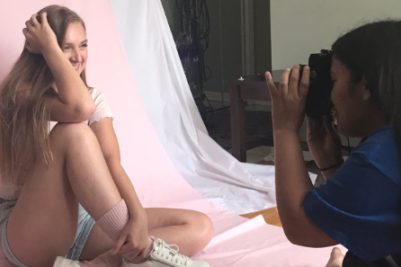

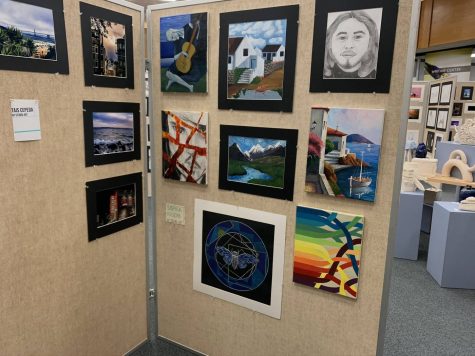

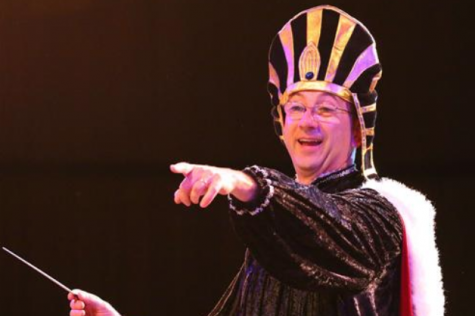
![Angel[ic] Art](https://lhsnews.org/wp-content/uploads/2017/12/Screen-Shot-2017-12-19-at-9.25.10-AM-copy-475x317.png)